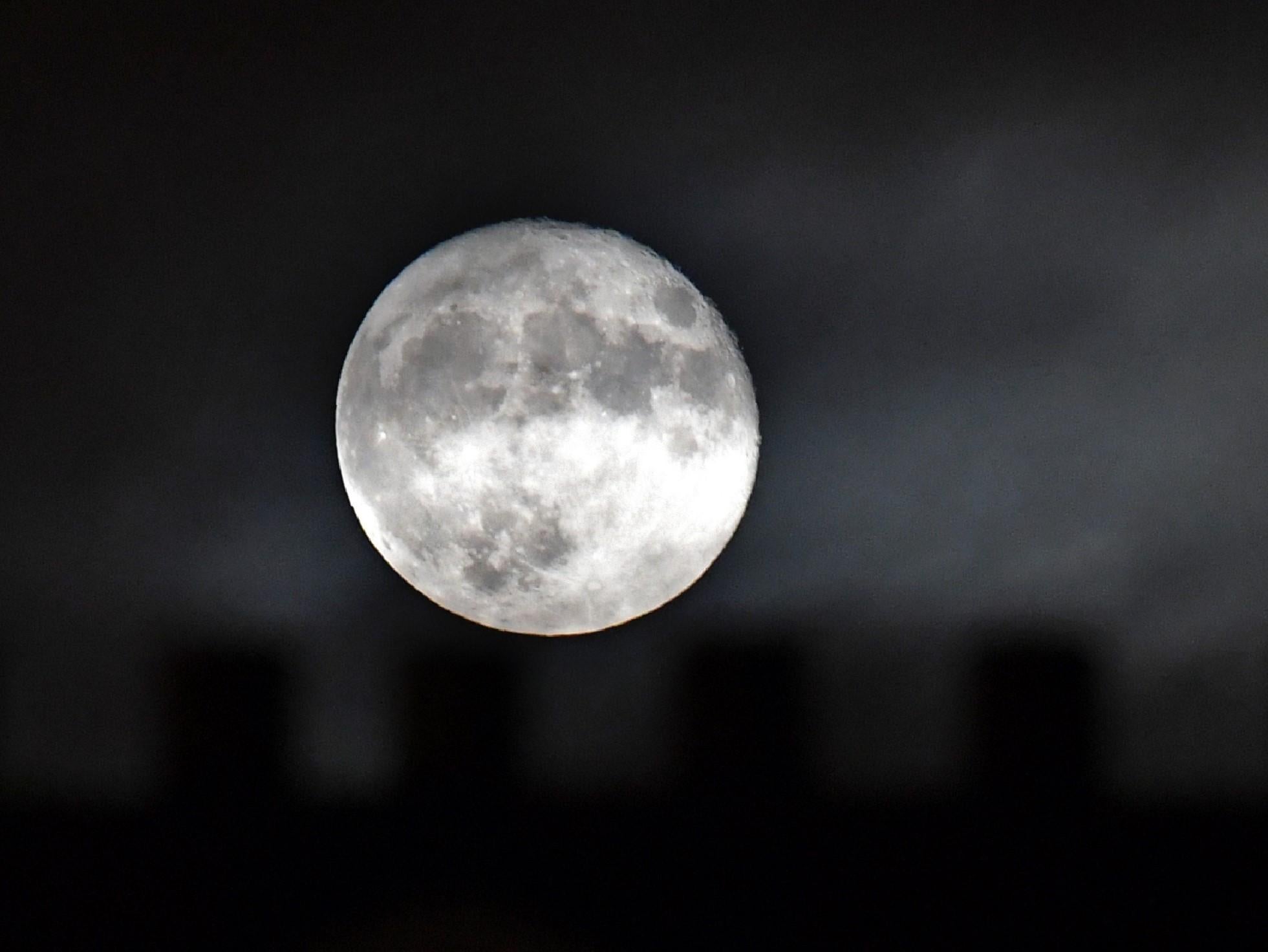Flower full moon 2020: How to watch the final supermoon of the year this week
May will be the the last chance to see the celestial event until 2021

Your support helps us to tell the story
From reproductive rights to climate change to Big Tech, The Independent is on the ground when the story is developing. Whether it's investigating the financials of Elon Musk's pro-Trump PAC or producing our latest documentary, 'The A Word', which shines a light on the American women fighting for reproductive rights, we know how important it is to parse out the facts from the messaging.
At such a critical moment in US history, we need reporters on the ground. Your donation allows us to keep sending journalists to speak to both sides of the story.
The Independent is trusted by Americans across the entire political spectrum. And unlike many other quality news outlets, we choose not to lock Americans out of our reporting and analysis with paywalls. We believe quality journalism should be available to everyone, paid for by those who can afford it.
Your support makes all the difference.The final supermoon of 2020 will take place this week, offering sky gazers one last chance to see the full moon at its biggest and brightest.
The rare celestial event – officially referred to as a perigean moon – will see the moon pass by Earth at the closest point of its monthly orbit.
On 7 May, the full moon will pass within 360,000km (224,000 miles) of Earth, making it the fourth moon in a row to be classed as a supermoon.
The time of year means May's full moon is also traditionally known as a Flower Moon, as it coincides with spring blossoms in the northern hemisphere.
April's supermoon is known in folklore as the Pink Moon, and lit up the skies over the UK unusually brightly thanks to good weather and lower-than-average air pollution.
Even without a telescope or binoculars, it was possible to view craters, basins and other features due to its proximity to Earth.
The moon appeared at its largest at moonrise and moonset as a result of an optical illusion that makes it seem relatively bigger when viewed beside buildings and other objects on the horizon.
May's supermoon will also have an effect on the Earth's ocean, with the extra gravitational pull causing extra-high tides in the days following its closest pass.
This can occasionally result in coastal flooding, though only when it coincides with severe weather events.
According to long range forecasts by the Met Office, the weather for early May is not expected to be particularly unsettled.
"Although confidence is low during this time period, the most probable scenario is that dry weather should dominate, with some interludes of more changeable weather at times," the weather agency stated.
"Towards the end of the period, there appears to be some signals that it may be more unsettled towards the north of the UK, with drier weather to the south."
Join our commenting forum
Join thought-provoking conversations, follow other Independent readers and see their replies
Comments